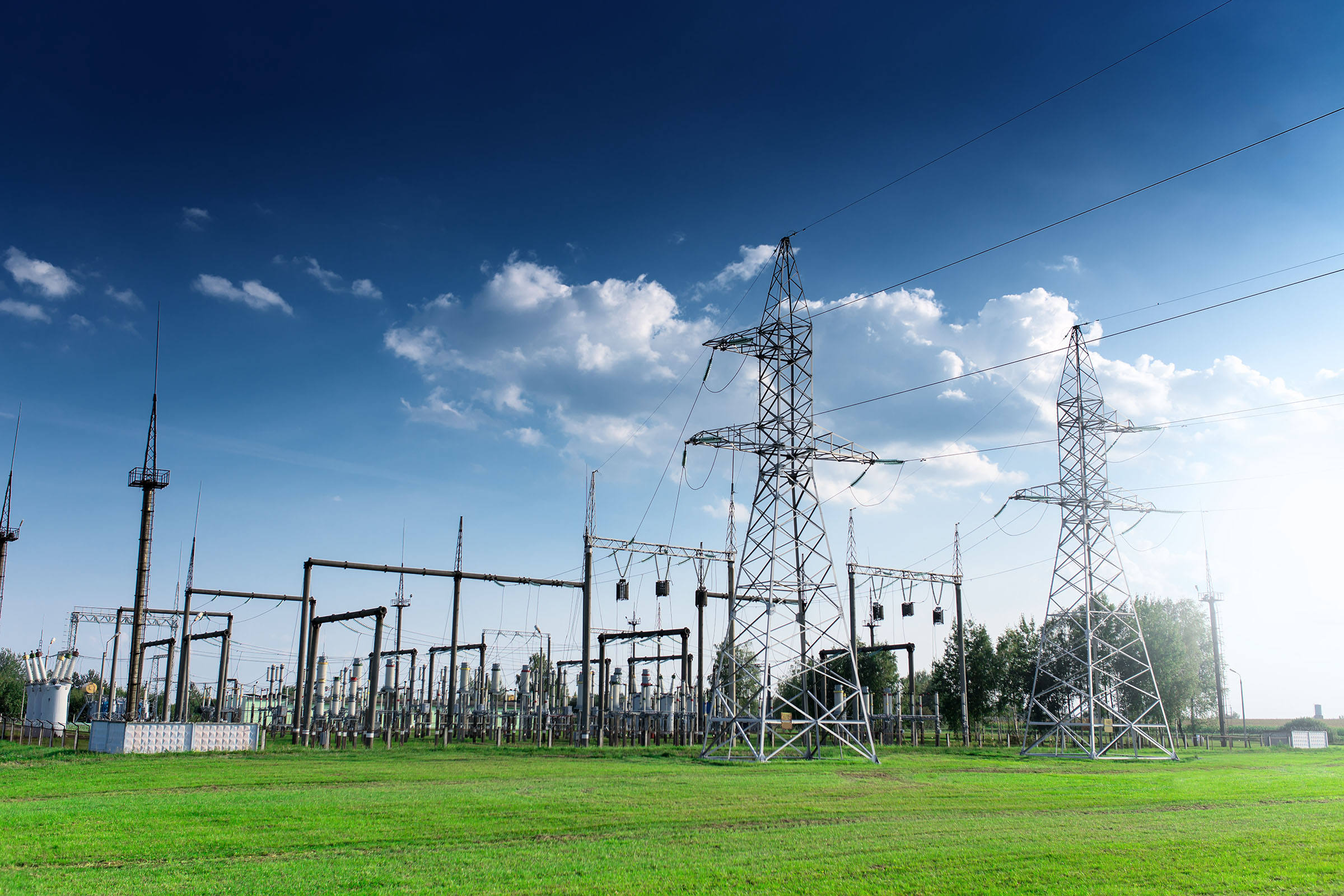Biofuels – The role of oil and gas companies in the energy transition

Climate change is generating news in a variety of publications, and international protests are gaining traction. Many political and environmental leaders have begun to advocate for either a reduction in oil and gas consumption or the eventual phase-out of fossil fuels from the energy grid. Governments, investors, and the general public are putting increasing pressure on the oil and gas business to help the decarbonization of the energy system. One of the most essential approaches to decarbonizing the energy system is to increase the use of sustainable energy sources such as solar, wind, biofuels, and hydrogen. Biofuels are renewable, abundantly available, and have a lower carbon content than fossil fuels. It may be used with existing infrastructure and can potentially be used to replace fossil fuels.
Biofuels are once more at the forefront of the economic discourse, owing to conditions that are identical to those that occurred more than 30 years ago, namely high and volatile oil prices and oil supply insecurity. However, unlike the supply-driven oil crises of the 1970s, the current oil shock is demand-driven. Furthermore, a broad worldwide agreement currently supports GHG emission reductions as a critical step in combating rising global temperatures. Biofuels are now being promoted by governments attempting to reduce emissions because they have a substantially lower emissions profile than fossil fuels.
Greenhouse gas markets, carbon dioxide credits, and biofuels
As biofuels have the potential to reduce GHG emissions, there is a great need to learn how global markets and policy-driven plans to reduce their carbon footprint can affect biofuels' industry expansion and environmental performance. Biofuels' success as a lower-carbon alternative to fossil fuels is, in fact, dependent on how they are generated and how emission levels connected to land use are regulated. There would be no incentive to protect carbon in soils and vegetation if biofuel consumption were high. Instead, proprietors would want to switch to biofuel generation or intensified farming. A "cap and trade" system, as an alternative, would encompass all land-use emissions.
This would create incentives to reduce land-use emissions while also improving land-use sinks. Although there has been apprehension or a lack of knowledge about how to expand a cap and trade system to land-use emissions, we believe that many of the issues raised by experts and policymakers may be simply resolved. The growth of second-generation technologies is another significant advance that could significantly improve biofuels' environmental performance.
Market growth in the biofuels sector
- Biofuels can be a cost-effective alternative to volatile fossil fuel-based energy, and because they are produced locally, they minimize reliance on fossil fuel imports.
- Biofuels are driven by an environmental aspect because they emit fewer greenhouse gases. With the COP26 measures, the market for alternative sustainable fuels is expected to grow rapidly. This will boost the biofuels sector's development and propel it forward. Demand will also provide an opportunity for market innovation and production scale-up.
- From 2018-20 to 2030, average GHG emissions are predicted to rise from 2,296 in 2018-20 to 2,358. As a result, combining biofuel production with carbon capture technology may result in negative carbon emissions, implying that the carbon sequestration process may aid in meeting the established emission targets.
- Research and development of technologies that can process diverse types of feedstocks receives a lot of attention. There are plenty of organic agricultural/municipal wastes that can be transformed to biofuels.
- Throughout 64 nations around the world have a biofuels blending mandate, including 27 countries in the EU, 13 countries in the Americas, 12 countries in Asia-Pacific, 11 countries in Africa and the Indian Ocean, and two countries in the non-EU region.
Major Developments In The Oil Sector
- Shell has set a $4 billion to $6 billion investment target for green energy initiatives from 2016 to the end of 2020. It reportedly spent $2 billion in 2016 to establish a low-carbon energy and electricity producing business, ensuring it would reach its commitments.
- Total intends to invest $500 million per year in renewable energy technologies. This represents around 3% of Total Capital Expenditure for the French oil company, with intentions to increase this to 20% over the next 20 years.
- Eni developed collaborations with GE Renewable Energy of France and Equinor of Norway in order to expand its onshore and offshore wind capacity. Clean energy sources are important to the company's strategy, and it plans to invest €1.2 billion ($1.3 billion) between 2018 and 2021 to produce 1 GW of installed renewable power capacity, with a long-term objective of achieving 5 GW by 2025.
- Chevron has made few investments in renewables, and there is no plan in place to transition to cleaner technologies. Over the last 20 years, the US company has invested in solar, wind, and geothermal projects, but due to low returns, it has remained focused on its oil and gas sector.
Conclusion: GHG policies to increase biofuel demand
Through a range of policy initiatives, such as mandated blends, usage objectives, and low-carbon fuels standards, a greater focus on reducing greenhouse gas (GHG) or carbon dioxide (CO2) emissions can create incentives for more biodiesel synthesis. By setting a cap on carbon emissions and permitting the purchase of emission permits, GHG policies that create an emissions trading system, such as the cap and trade mechanism, can also boost the development of biofuels (allowances). In effect, a system like this establishes a price for carbon, akin to imposing a tax on GHG emissions.
The Kyoto Protocol established the CDM and Joint Implementation mechanisms, which prepared the path for a GHG credit market. The demand for credits, however, is dependent on the implementation of enforceable limitations within each nation; yet, not all Annex B countries have assigned caps to individual emitters, who could then purchase allowances or CDM/Joint Execution credits to satisfy their targets. Biofuels' future, particularly second-generation technological systems, will be defined by increasing complexity and the incorporation of a variety of engineering components. Furthermore, these technologies are being created at a time when there is a growing interest in bolstering intellectual property protection efforts.










